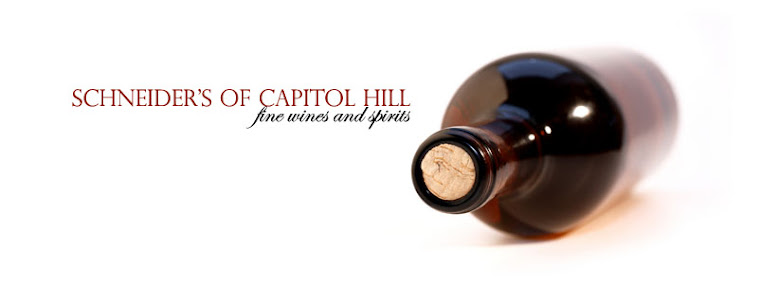 After purchasing this wine over a month ago for my wife’s birthday, for one reason or another we were prevented from opening it until just this weekend. By the time we were pouring expectations were fairly high, but this bottle definitely did not disappoint.
After purchasing this wine over a month ago for my wife’s birthday, for one reason or another we were prevented from opening it until just this weekend. By the time we were pouring expectations were fairly high, but this bottle definitely did not disappoint. The wine surpassed my expectations so much that I wanted to find out more about its origins. Browsing their website (only in French, but google translate will fake it) and consulting a few reference books made it clear this Champagne has a pedigree. Yannick Doyard is currently the 11th generation winemaker at the estate and the family has strong ties with other notable houses in the region. Marie Duval-Doyard and husband Benoit Duval make very classy Champagnes at André Jacquart. Yannick and Marie’s grandfather, Maurice Doyard, began estate-bottling champagne in 1927 and later played a key role establishing Champagne’s governing body, the Comité Interprofessionel des Vins de Champagne (CIVC), along with Rovert-Jean de Vogüé of Moët & Chandon. Since its inception in 1941 the CIVC has not only promoted the region’s business, it has also worked to improve production standards across the board. Knowing none of this before tasting, I’m no longer remotely surprised the wine is of such quality and distinction.
Doyard takes the quality of his grapes seriously at every stage. He has adopted some biodynamic techniques, his vines which lie on grand cru and premier cru vineyards around the Cote de Blanc have an average age of 40 years. Every year roughly 50 percent of the harvest is sold off to negociants, keeping only the finest grapes. His meticulous nature continues in the winery, carefully pressing the grapes, again keeping only the cuvee, or first pressing, for his own wines. Like the fine whites of Burgundy he ferments and ages half of his wine in barrels, letting the wine rest naturally on its lees.
The wine is an assemblage of three vintages, 2001, 2002 and 2004, it was bottled in 2005 and left in the bottle to carry out its second fermentation for 4 years. It is this important step in the process that I think distinguishes Yannick from his contemporaries. In order to get the second fermentation started which makes the still base wine fizzy, the winemaker adds an amount of sugar, known as the liqueur de tirage. Doyard adds as much as 20 percent less than most, resulting in lower pressure in the bottle. This produces a quite superior looking wine with delicate bubbles politely lining up and waiting their turn to escape, perfectly integrated, rather than fighting the fruit you taste on the palate.
On the nose it gave away a beautifully fresh, aromatic, elderflower and pear quality, surprisingly not so much of the yeasty, autolytic quality you might expect from a wine that has had such a length of time on tirage. The palate had quite a deep, almost rich toasty and yet fruity flavor for 100 percent Chardonnay, which I am sure the barrel aging contributes to. Finishing the bottle quite easily between the two of us, it is a wine you want to get stuck into but also savor every sip. Overall, highly recommended.
Felix Milner
 Have ten minutes to stop by on the way back from work? Why not come in and sample some delicious young Bordeaux and Beaujolais.
Have ten minutes to stop by on the way back from work? Why not come in and sample some delicious young Bordeaux and Beaujolais. 







